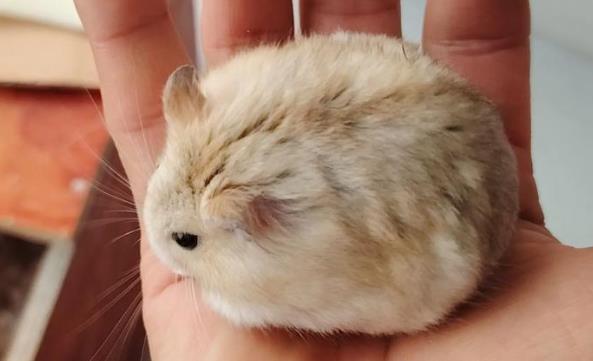Compiled from multiple credible sources, below is a guide to toys that are safe and engaging for hamsters:

I. Exercise Toys
Exercise Wheels
Quiet design is optimal: Prevents nighttime noise that may disturb owners.
Non-slip surface is a must: Look for wheels with textured patterns (e.g., the grooved design on frisbee-style exercise wheels) to avoid paw injuries.
Climbing Frames/Ladders
Materials: Choose solid wood or metal options. Multi-layered structures help improve hamsters’ limb coordination.
Rainbow ladders: A popular choice that also helps build hamsters’ stamina.
Tunnels
Options include: Plastic tubes, fabric sleeves, or paper mazes. These satisfy hamsters’ natural instinct to explore and burrow.
II. Interactive Toys
Chew Balls
Materials: Rubber or fabric (safe for chewing). Helps keep hamsters’ constantly growing teeth trimmed.
Rattles
Key note: Ensure the noise-making toy is made of non-toxic materials to avoid health risks if chewed.
Rope Knots
Benefits: Soft yet durable for chewing. Select designs that minimize the risk of accidental ingestion of small strands.
III. Puzzle Toys
Mazes/Treasure Hunt Toys
How to use: Hide small treats (e.g., hamster pellets or dried fruits) inside. Encourages hamsters to use their sense of smell and problem-solving skills to find food.
Puzzle Toys
Matching tip: Choose puzzles that fit your hamster’s size (avoid overly large or tiny pieces) and cognitive level—simple designs work best for most breeds.
IV. Safety Precautions
Material check: All toys must be non-toxic and free of sharp edges (to prevent cuts or scratches).
Regular updates: Refresh the cage’s toy arrangement periodically to keep hamsters from getting bored.
Avoid small parts: Steer clear of toys with tiny components that could be swallowed, leading to choking or intestinal blockages.
V. DIY Alternatives
Low-cost, hamster-safe options include:
Cardboard mazes (cut and fold cardboard boxes into simple paths).
Wooden blocks (sand down rough edges to create safe chew toys for teeth trimming).
Individual hamsters may have very different preferences—observe your pet’s behavior (e.g., whether they prefer climbing vs. chewing) and adjust the toy mix accordingly.
